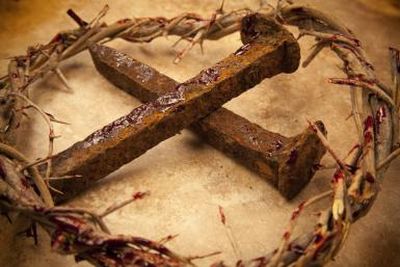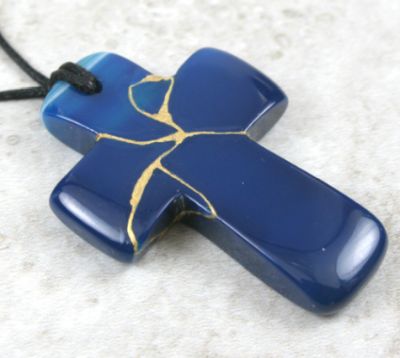
A monthly column by Vivienne Solomons who is a legal consultant who passionately believes that God wants His people to make a difference right where they are and to stand up for what is true and just. She is also passionate about encouraging young women to walk victoriously with God and she is engaged in a challenging faith journey as a parent of a child with special needs.
I don’t like broken things. It’s the perfectionist in me. As a young girl, I was taught to look after things and it made no difference whether those things belonged to me or to another. And there is certainly nothing wrong with that practice. After all, things cost money. Hard earned money. Unfortunately, the lesson my perfectionist self learned from this was that I had to surround myself with only ‘beautiful’ things, and to discard immediately anything which had been tarnished or broken. No matter its sentimental or monetary value or whether the ‘blemish’ was even noticeable. It would just have to go! Out of sight, out of mind.
My obsessing over things in this way was tempered significantly when I got married and then later, when my son came along but alas, it has not disappeared altogether. My instinctive reaction is still to discard that which is broken since it is no longer ‘perfect’ and it causes me considerable mental and physical discomfort to look at it. Of course, it is one thing to discard an object of little or no value, quite another to get rid of an item of considerable functional and monetary value.
 Christ in His brokenness
Christ in His brokenness
It was, however, somewhat of a shock to realise as I did this past weekend that my view of broken things has impacted not only my physical world but my spiritual reality as well. Perhaps not consciously but certainly subconsciously. Specifically, my experience of what Christ did for me. Not Christ in His glorious resurrection but Christ in His brokenness. His body which was broken for me. For me! Did I mention that I don’t like broken things? Even if it is possible to repair that which is broken, it is usually nigh on impossible for me to look upon it in the same way ever again. And that really is the heart of the issue. Not so much the fact that something has been broken; more so the way in which I deal with anything that is broken. I simply shut it out or cut it out of my carefully curated reality.

We are hiring
Apply via links
Finance Administrator
https://ips.bamboohr.com/careers/36
Executive Assistant
https://ips.bamboohr.com/careers/29
- Advertisement -
This realisation came on Sunday when Lisa Flaum from Central Parks City Church took us on a journey to explore the symbolism and meaning of communion, while sharing her testimony of coming face to face with her own view of broken things and how she was able to finally reconcile herself with the brokenness of Christ. As she led us in a symbolic act, I was forced to pause and couldn’t skip over the fact that Christ’s perfect body was broken for my (and everyone else’s) many imperfections. More than that, I had to reconcile myself to the fact that even after He died and rose again, His scars remained in His (new) resurrected body. For the first time, I had to acknowledge the fact that that which has been broken has intrinsic value (and potential) beyond what can be seen, and therefore cannot be dismissed because it makes me uncomfortable, even if it is convenient to do so.

Broken things that cannot simply be discarded
So as the Christian community reflects this week on the cross and the high price that was paid by Christ for us all, I am mindful of the fact that there are so many things in this world that I (and we) have no control over. So much that is, well, broken … by us all, many times unknowingly and sometimes without any apparent concern for the consequences, but which cannot simply be discarded.
Some may argue that as a nation, we are for all intents and purposes, a broken people. Not only do we have a broken past but if all reports and forecasts are to be believed, our foreseeable future is almost certainly broken too. Here I am reminded of the ancient Japanese art of Kintsugi which, instead of disguising a breakage in an object, for example pottery, restores the object by incorporating the damage into the aesthetic of the restored item, thus making it part of the item’s history. Kintsugi uses laquer resin mixed with powdered gold, silver, platinum, copper or bronze in the restoration process. The result is something more beautiful and even stronger than the original object. And so, in the midst of it all, I remain convinced that just as Jesus died broken but rose again victorious, South Africa too can and will overcome her brokenness to reveal an even greater nation … if we build right going forward — in hope and in prayer.
A wonderful Easter celebration to you all!






